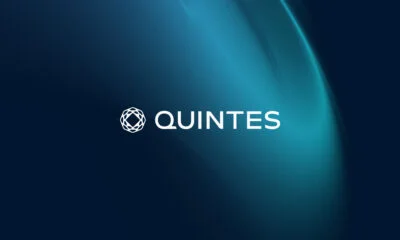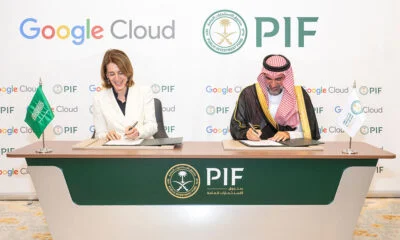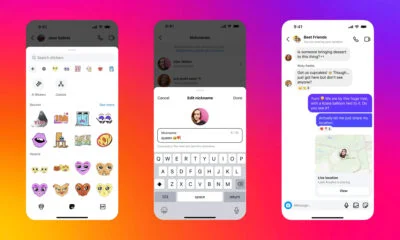News
Viasat Satellite Messaging Tech Showcased In Saudi Arabia
The direct-to-device (D2D) demonstration highlighted the technology’s potential to revolutionize remote communication.
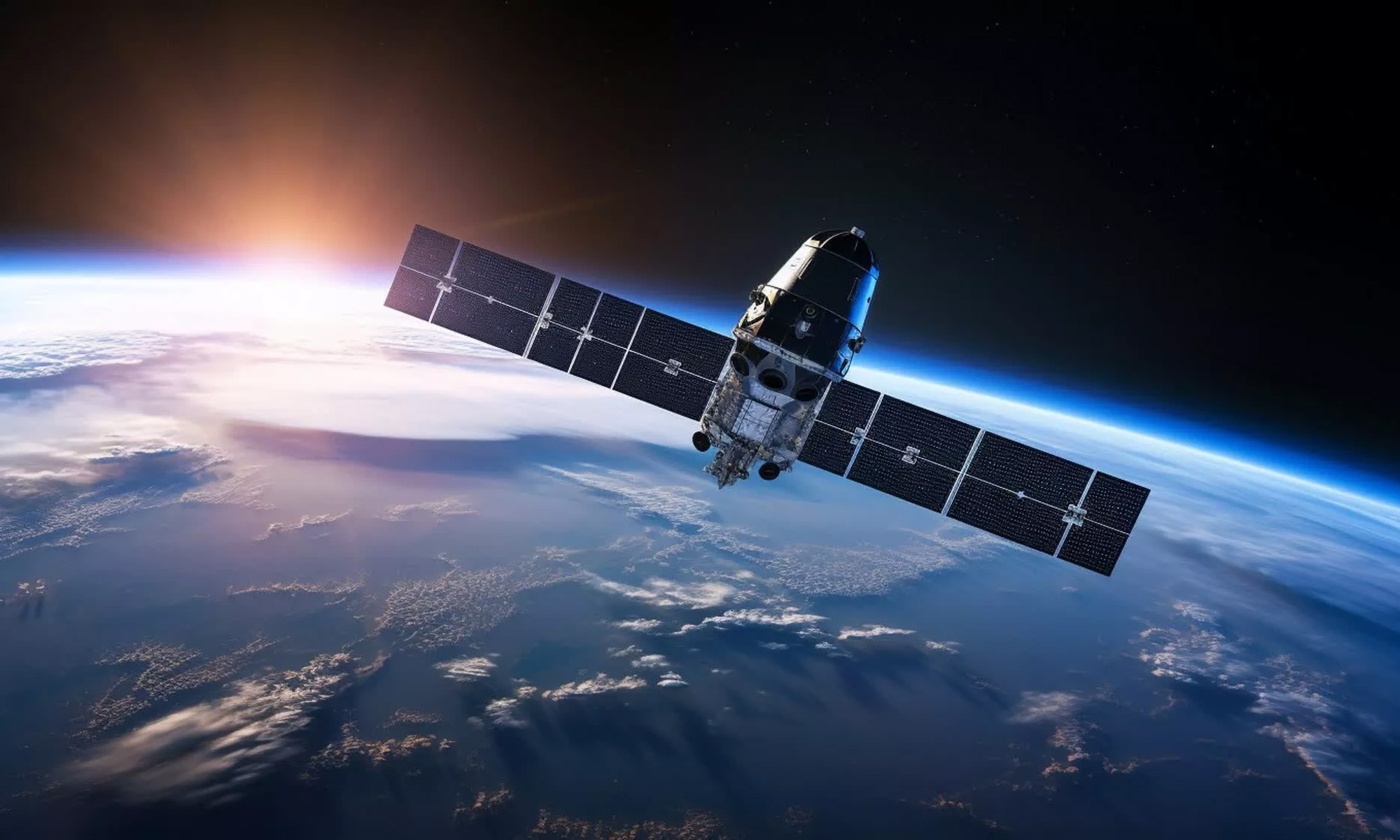
Satellite communications firm Viasat announced yesterday that it had completed its first demonstration of direct-to-device (D2D) satellite connectivity technology in Saudi Arabia. The live broadcast took place during the “Connecting the World from the Skies” event in Riyadh, organized by Saudi Arabia’s Communications, Space & Technology Commission (CST) alongside the International Telecommunication Union (ITU).
Attendees witnessed successful satellite-based two-way messaging and SOS alerts sent using commercial Android smartphones and a combination of Viasat’s robust L-band satellite network and the Bullitt over-the-top messaging app. Signals were transmitted using the company’s L-band spacecraft positioned over the Indian Ocean, while the infrastructure for 3GPP NTN services was deployed by Viasat’s partner Skylo.
Sandeep Moorthy, Viasat’s Chief Technical Officer, emphasized the significance of the demonstration, explaining, “By expanding our direct-to-device innovation to the Kingdom of Saudi Arabia, we’re showcasing the potential for D2D services in the fast-growing Gulf and Asia-Pacific region. D2D could help reduce barriers to connectivity in regions where terrestrial services are spotty and unavailable to help transform industries and supply chains, enable new opportunities, and to become more efficient, sustainable and safer. We’d like to thank the CST for their support in carrying out this exciting demonstration”.
Also Read: Joby Begins Construction Of Dubai’s First Vertiport For Air Taxis
D2D technology allows devices like smartphones, vehicles, and industrial equipment to connect seamlessly to both satellite and terrestrial networks. Unlike traditional satellite setups, D2D eliminates the need for extra hardware, thanks to emerging global standards that are gaining traction among satellite operators, mobile network providers, and tech manufacturers.
What makes this approach particularly promising is that Viasat uses a licensed, dedicated satellite spectrum to deliver its D2D services. This avoids any interference with existing terrestrial networks, allowing smooth integration with mobile network operators in the future.
The demonstration clearly showed the potential of D2D technology to bridge connectivity gaps in remote regions while opening up opportunities for innovation, improved safety, sustainability, and efficiency.
News
Samsung Smart Glasses Teased For January, Software Reveal Imminent
According to Korean sources, the new wearable will launch alongside the Galaxy S25, with the accompanying software platform unveiled this December.
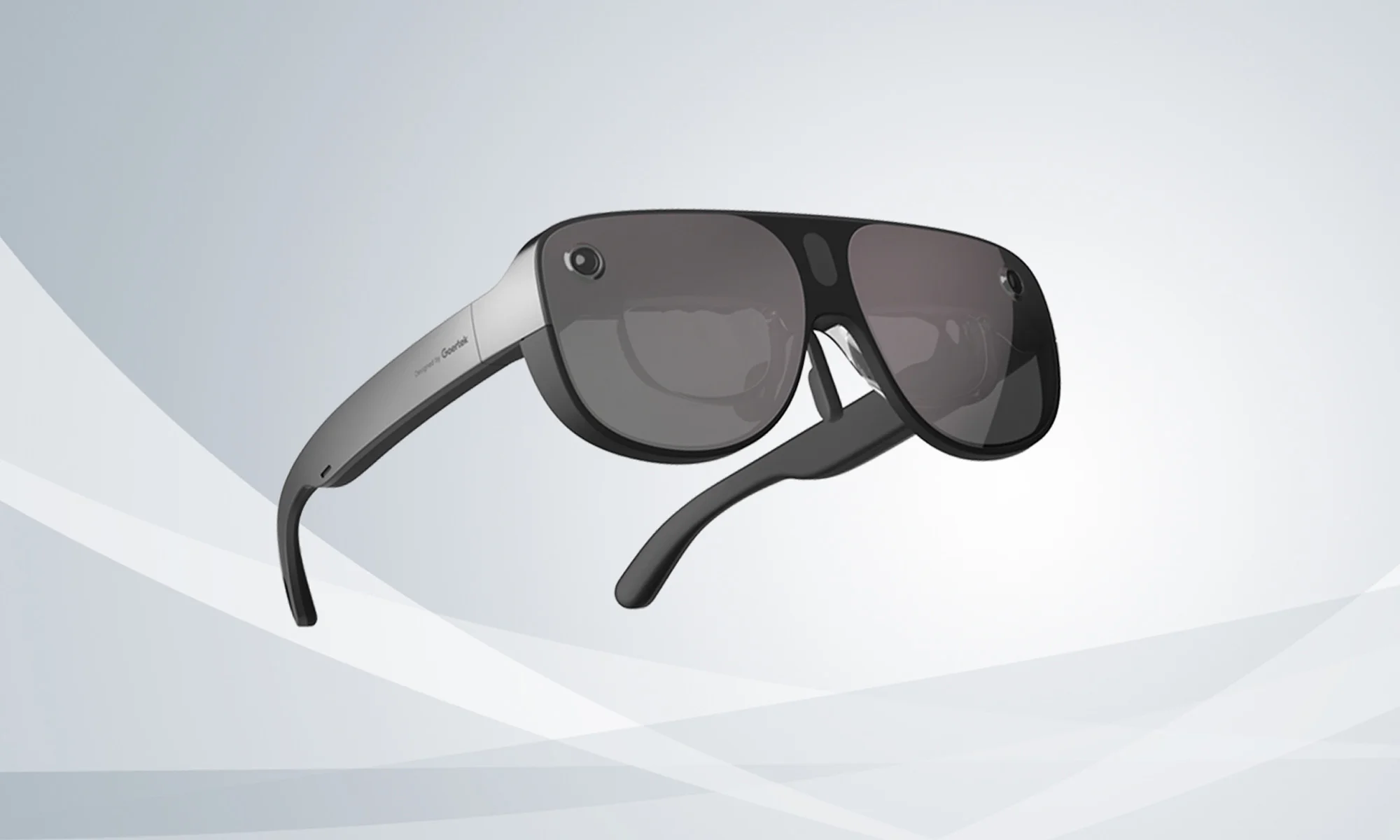
Samsung appears poised to introduce its highly anticipated smart glasses in January 2025, alongside the launch of the Galaxy S25. According to sources in Korea, the company will first reveal the accompanying software platform later this month.
As per a report from Yonhap News, Samsung’s unveiling strategy for the smart glasses echoes its approach with the Galaxy Ring earlier this year. The January showcase won’t constitute a full product launch but will likely feature teaser visuals at the Galaxy S25 event. A more detailed rollout could follow in subsequent months.
Just in: Samsung is set to unveil a prototype of its augmented reality (AR) glasses, currently in development, during the Galaxy S25 Unpacked event early next year, likely in the form of videos or images.
Additionally, prior to revealing the prototype, Samsung plans to introduce…
— Jukanlosreve (@Jukanlosreve) December 3, 2024
The Galaxy Ring, for example, debuted in January via a short presentation during Samsung’s Unpacked event. The full product unveiling came later at MWC in February, and the final release followed in July. Samsung seems to be adopting a similar phased approach with its smart glasses, which are expected to hit the market in the third quarter of 2025.
A Collaborative Software Effort
Samsung’s partnership with Google has played a key role in developing the smart glasses’ software. This collaboration was first announced in February 2023, with the device set to run on an Android-based platform. In July, the companies reiterated their plans to deliver an extended reality (XR) platform by the end of the year. The software specifics for the XR device are expected to be unveiled before the end of December.
Reports suggest that the smart glasses will resemble Ray-Ban Meta smart glasses in functionality. They won’t include a display but will weigh approximately 50 grams, emphasizing a lightweight, user-friendly design.
Feature Set And Compatibility
The glasses are rumored to integrate Google’s Gemini technology, alongside features like gesture recognition and potential payment capabilities. Samsung aims to create a seamless user experience by integrating the glasses with its broader Galaxy ecosystem, starting with the Galaxy S25, slated for release on January 22.


